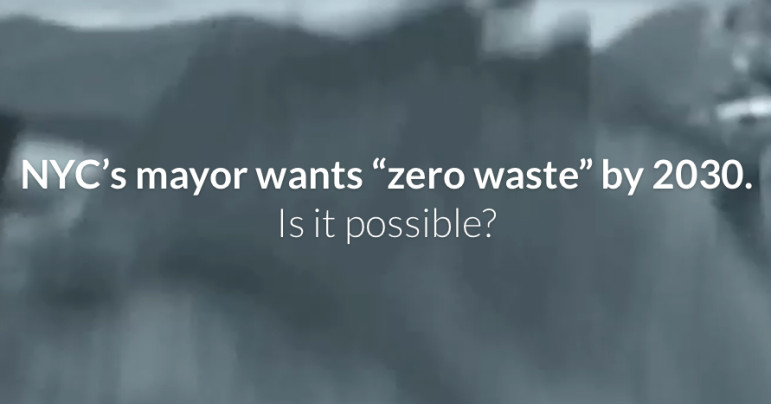
Columbia J-school
On sunny days, the beach glitters—literally. Shards of glass, large and small, cover Dead Horse Bay, with the occasional shoe, abandoned boat, and a tire or two. But this isn’t trash that has washed up on the shore. The beach is the trash. And Dead Horse Bay is not the only one like that.
The coastline of New York City today is vastly different from what Dutch settlers saw hundreds of years ago. Floyd Bennett Field on the southern tip of the Brooklyn coast is landfill. So is JFK airport in Queens on the northeast side of Jamaica Bay, and Battery Park in lower Manhattan, where the Hudson meets the East River.
Though the trash strewn along Dead Horse Bay make its former life as a landfill more obvious, a filled-in coast is the rule rather than the exception, and New York City has filled in its edges with more than one hundred years of garbage and dredged land. “We used to bury garbage everywhere,” says Professor Steven Cohen, the Executive Director of the Earth Institute at Columbia University. “And then, eventually, we put topsoil on top of it and it became real estate.”
It seems everyone is talking trash these days. The above excerpt is from one of four compelling multimedia stories produced by Columbia University students for a series just released called, optimistically, “The End of Trash.” The article sampled above by Azure Gilman and the others in the package are a great companion to the eight-part City Limits series on waste and its impact anchored by Cole Rosengren that you saw here last week.
Like our series, The End of Trash asks whether Mayor de Blasio’s “zero waste to landfills” goal is really achievable—and at the costs of maintaining the status quo. Particularly interesting are a look at the injuries that afflict sanitation workers and the perspectives of commercial trash collectors in this video by George Steptoe:








